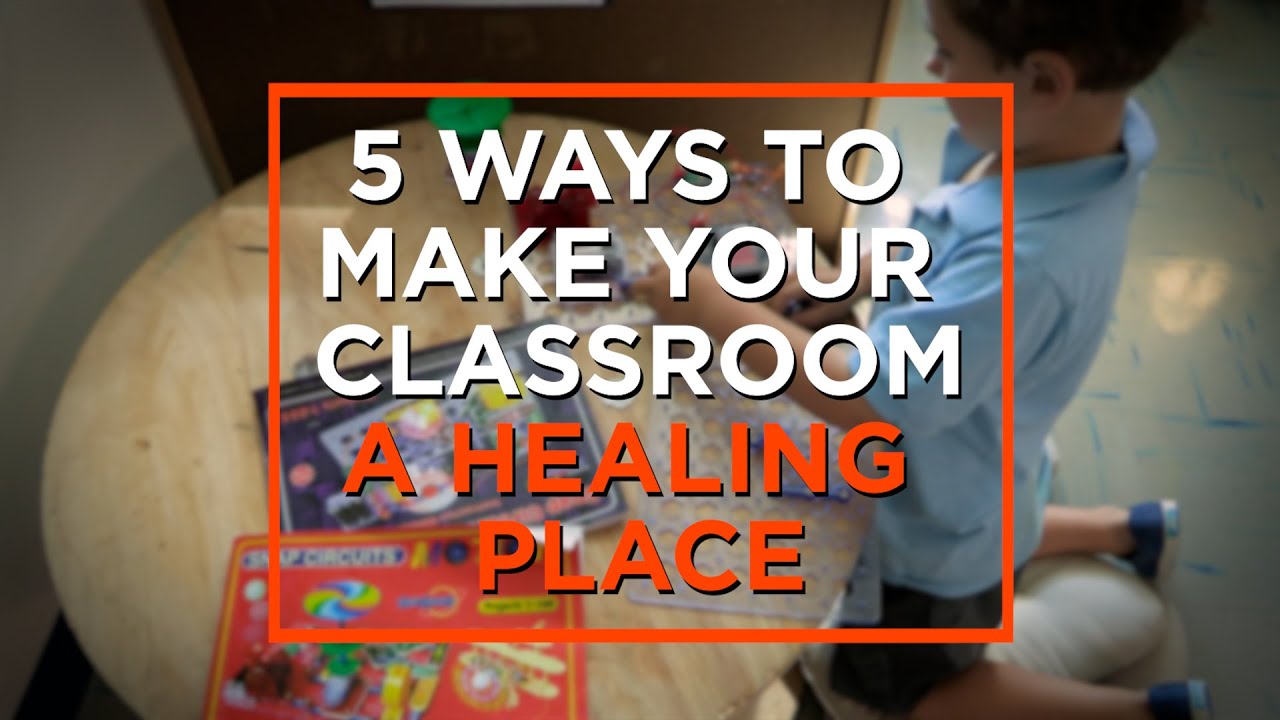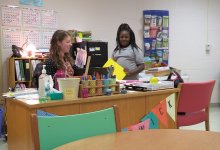Trauma-Informed Practices
Learn what trauma-informed education is, its benefits, and how to get started on a classroom or school-wide level.
Moving Beyond Childhood Trauma to Be a Better Teacher
A teacher shares how she has worked to gain perspective on her responses to situations and found impactful ways to break negative habits.356Building Confidence and Resilience Through the Arts
By bringing in arts education, this school found a creative way to help heal trauma and encourage a more supportive learning environment.How to Counter Learned Helplessness
For students who have internalized a message that they’re destined to fail, promoting realistic optimism can be game-changing.4.6kHow to Safely Manage a Student in Crisis
A trauma-sensitive, proactive plan for safely managing disruptive behavior includes knowing when to call for support and how to help a student de-escalate.1.7kViewing Late Work Through an Equity Lens
A teacher stopped penalizing late work and started asking students questions about why assignments were late. Here’s what he learned.1.8kDiscussing Disturbing News Stories in the Classroom
Middle and high school teachers can address distressing events in ways that support students and help them process their reactions.288How to Make Your Classroom a Healing Place
The stress of the pandemic has impacted students and teachers alike, but taking a healing-centered approach in your classroom can help.1.6kUsing Movement to Help Reduce Students’ Trauma Responses
A variety of exercises that promote self-regulation can function as elements of a safe and supportive learning environment.440How Teachers Can Empower Students Who Are Experiencing Trauma
While teachers are not social workers, just saying the right things to a student suffering from trauma can make a big difference.1.5kRecognizing the Signs of Trauma
Trauma may look different from student to student, so it’s prudent to always use trauma-responsive practices.1.6k4 Ways to Plan for the Success of Newcomer ELLs
To help newly arrived English language learners feel welcome, teachers can represent their cultures and languages in the classroom.604Steps for Collective Well-Being in the New School Year
Teachers can rebuild connections and create an educational environment in which they support students and each other.1.8kHarnessing the Synergy Between Trauma-Informed Teaching and SEL
Students can develop the core competencies of social and emotional learning with the support of strong relationships with teachers.1.3kA Trauma-Informed Approach to Teaching Young Students
While teachers don’t need to know the details of preschoolers’ adverse experiences, offering appropriate care and support is crucial.491Breaking the Cycle of Silence Around Black Mental Health
Data shows that Black youth are especially prone to develop mental health issues but less likely to seek out or receive the specialized services and care they need.1.4k














